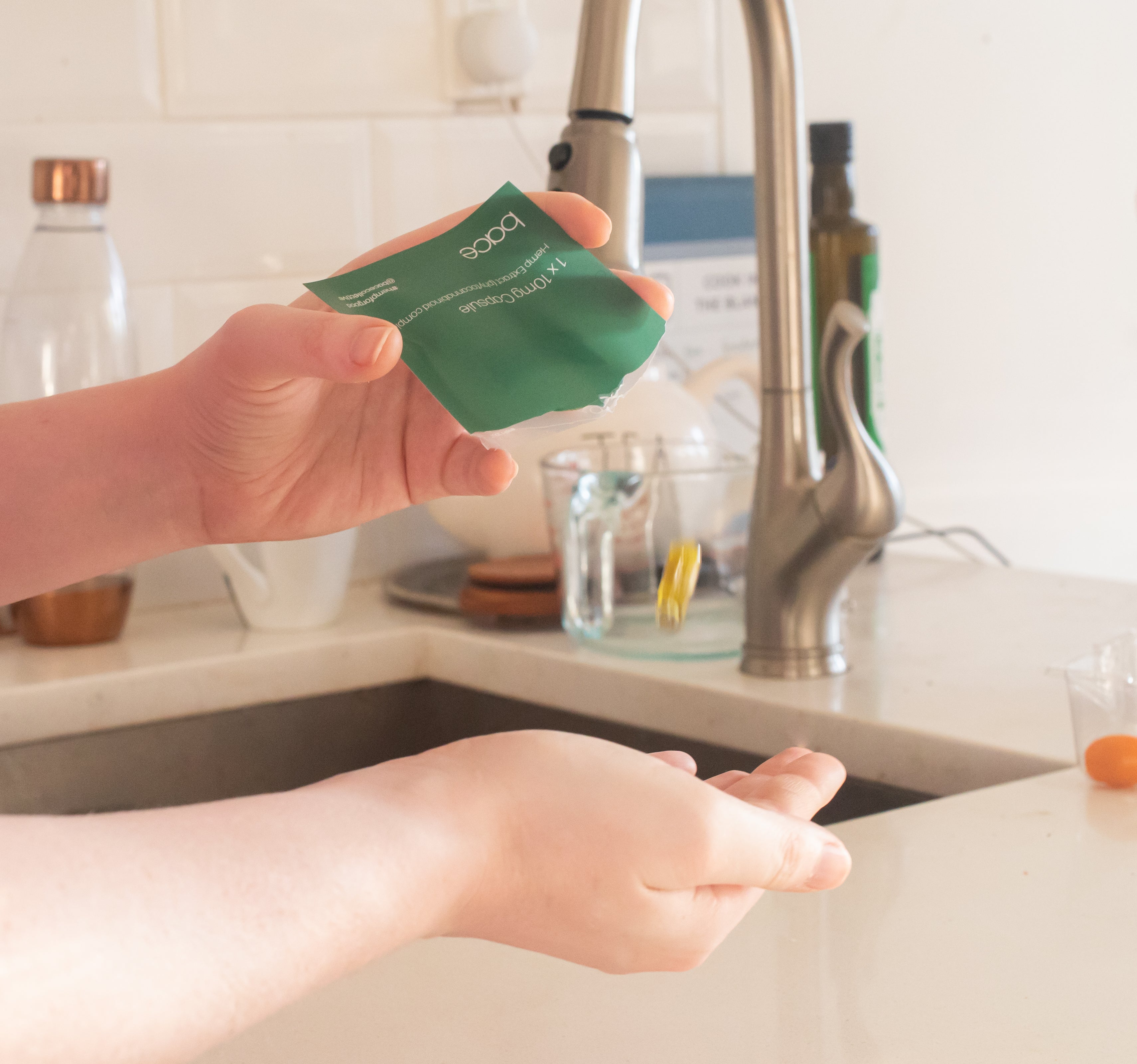[box]
Key Takeaways
- The coconut oil in our capsules respond to temperature. Above 78 degrees Fahrenheit, the oil will be melted. Below 78 degrees, you’ll see the coconut oil crystallized or completely solidified.
- Our capsules are minimal ingredient, and only include what’s necessary
- We took out all the unnecessary ingredients.
[/box]
When we set out to make a clean, effective capsule, we had a lot of requirements we wanted to meet. The first was that we wanted to use a completely non-chemical extraction method (link to extraction). We also wanted to make sure that the capsule would be effective (link to capsule shell article). Finally, we wanted to take out everything that wasn't necessary to allow the active ingredients to shine.
To be able to accomplish this, we spent a year and a half developing a unique supply chain. Contrary to the majority of CBD companies who buy bulk CBD products from mass manufacturers, we developed relationships across the supply chain with partners who share our values of putting the customer's needs first.
One of the main reasons for this is because we discovered that the mass manufacturers add in filler ingredients that are unnecessary, and sometimes even harmful to the consumer.
Rice Bran or Micro-crystalline Cellulose are common powder fillers used to meet the minimum weight requirements of capsules.
Many softgels and capsules use an ingredient called polysorbate emulsifiers to keep the ingredients a consistent color and texture. in addition to this being unnecessary, this ingredient has also been found to potentially contribute to inflammatory bowel disease, ulcerative colitis, and crohn’s disease.
In a research article from 2019, researchers found that adding polysorbate emulsifer 80 to mice's drinking water increased inflammatory markers in their gut line. And while it's a common ingredient in ice cream, softgels, cosmetics, and chewing gum to name a few, we didn't want to take the risk.
Our solution? Only include what’s necessary. For us, that meant the hemp extract, organic coconut oil, and a gluten free and vegan capsule shell made of a polymer coating that helps the capsule actually reach the small intestine where cannabinoids are absorbed.
So finally, why does the texture of our capsules change depending on the temperature? It simply comes down to the melting point of the coconut oil.
If you store your capsules at a temperature above 78 degrees, you’ll find that the oil inside will melt. Anything below 78 degrees fahrenheit, and you’ll start to see slight crystallization or solidification of the oil.
Sources:
https://www.ncbi.nlm.nih.gov/pmc/articles/PMC6567822/
https://www.umassmed.edu/nutrition/blog/blog-posts/2019/5/a-word-or-two-about-emulsifiers/






